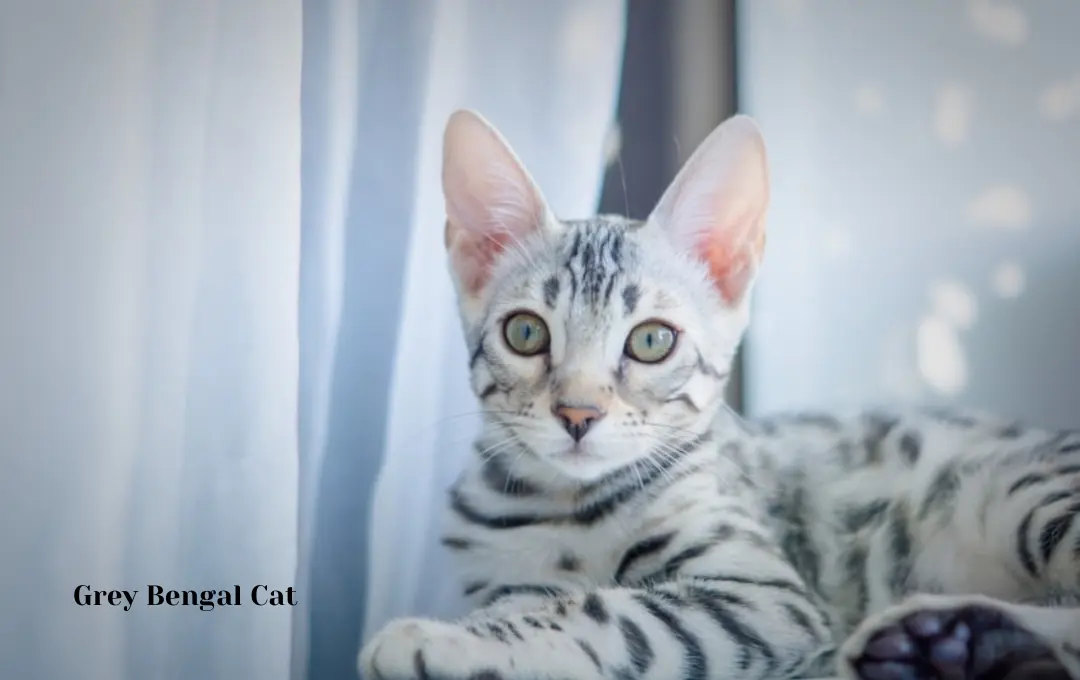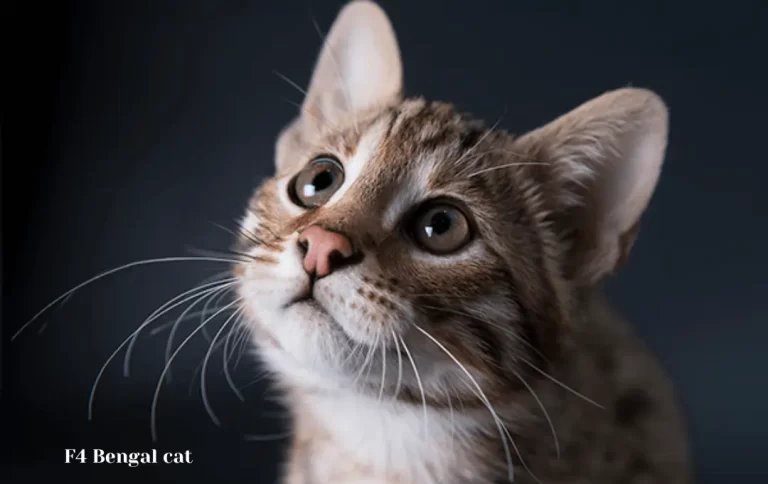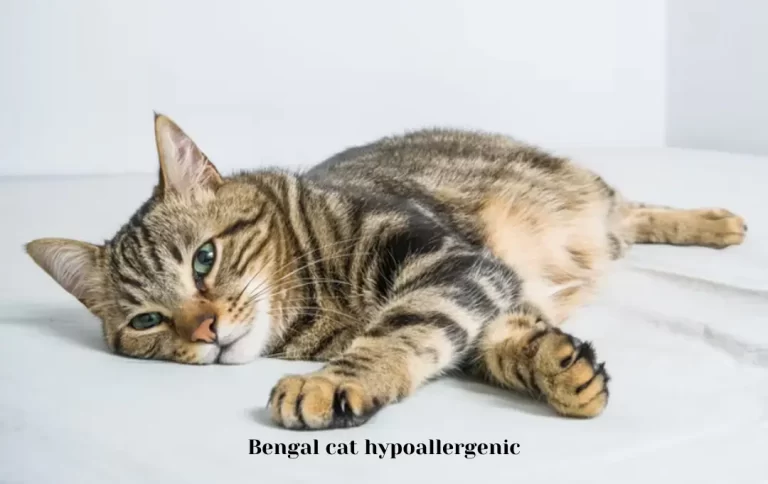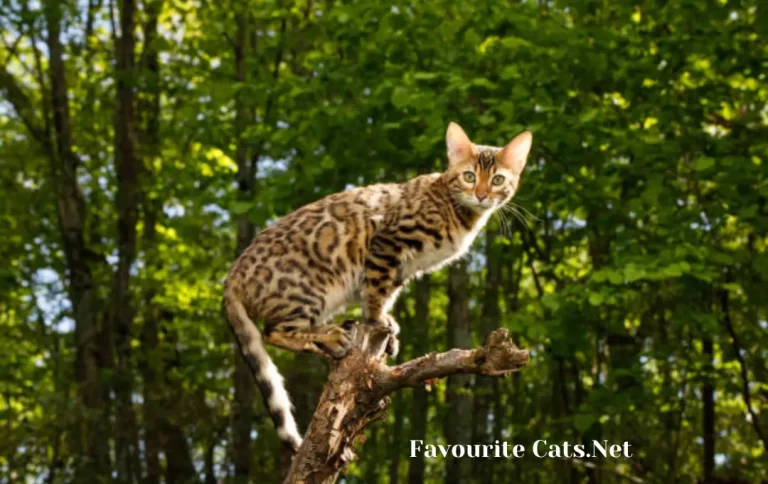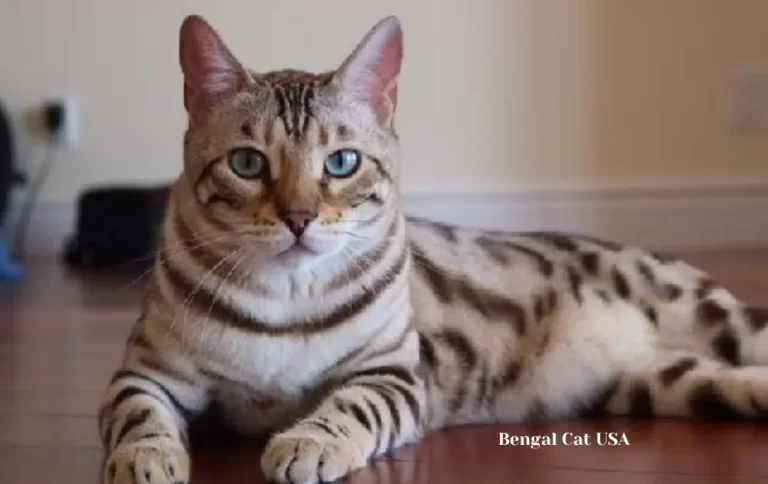Competitive Grey Bengal Cat Price | How Much Will a Bengal Cat Cost You in 2023?
Bengal cats are an alluring and distinctive breed that has won over cat lovers all over the world. Bengal cats have grown to be a popular pet among people who enjoy pets due to their striking beauty and amusing dispositions. This post will examine Grey Bengal Cat Prices and the fascinating world of Bengal cats. Let’s explore this intriguing area to learn more about the background, personality traits, and unique attraction of these captivating feline friends.
Factors Affecting Grey Bengal Cat Price
There are a number of factors that affect how much a Bengal cat will cost to purchase. The cost you can anticipate paying can be greatly influenced by these variables. When thinking about adding a Bengal cat to your home, knowing these factors can help you make an informed choice. Here are the key factors affecting Bengal cat prices:
Coat Color and Pattern: The coat of a Bengal cat can vary widely in color and pattern. Grey Bengal cats, with their unique and alluring coat color, may be priced differently compared to other color variations. Rare or exotic coat patterns may also command higher prices.
Breeder Reputation: Reputable breeders who prioritize the health and well-being of their cats, adhere to ethical breeding practices, and have a track record of producing quality Bengal kittens often charge more for their kittens. It’s essential to choose a breeder with a good reputation to ensure you’re getting a healthy and well-socialized cat.
Pedigree and Lineage: Bengal cats with impressive pedigrees and lineage from championship bloodlines tend to be more expensive. Show-quality Bengals or those with exceptional lineage may be at the higher end of the price spectrum.
Age and Health: The age of the Bengal cat can influence its price. Kittens are usually more expensive than adult cats. Additionally, Bengal cats that have received all necessary vaccinations and veterinary care, including spaying or neutering, may have a higher initial cost but potentially lower long-term healthcare expenses.
Location and Demand: Prices for Bengal cats can vary by geographic location due to differences in supply and demand. In areas with a high demand for Bengal cats, prices may be higher. Conversely, in regions where Bengal cats are less common, prices may be more affordable.
Understanding these factors will help you navigate the Bengal cat market and make an informed decision when it comes to acquiring a grey Bengal cat or any other Bengal cat variation. Remember that while price is a consideration, the health and well-being of your future feline companion should always be a top priority.
Average Price Range for Grey Bengal Cats
When it comes to purchasing a grey Bengal cat, it’s essential to have a rough idea of the price range you can expect. However, keep in mind that Bengal cat prices can vary widely based on factors such as location, breeder reputation, and the specific characteristics of the cat. Here are some general price guidelines and factors that can cause variations in the price of grey Bengal cats:
General Price Guidelines: On average, you can expect to pay anywhere from $800 to $2,500 or more for a grey Bengal kitten. This price range represents a variety of factors, including the cat’s age, pedigree, and the breeder’s reputation. Kittens from reputable breeders with high-quality lineage and show potential are likely to be at the higher end of this range.
Variations in Price:
Coat Quality: The quality of the grey coat can impact the price. Grey Bengal cats with exceptional coat patterns or coloration may be priced higher than those with more standard markings.
Pedigree and Show Potential: If the grey Bengal cat comes from championship bloodlines or has the potential to excel in cat shows, the price may be significantly higher.
Breeder Reputation: Reputable breeders who prioritize health, socialization, and ethical breeding practices often charge more for their kittens. While this might increase the initial cost, it can provide peace of mind regarding the cat’s well-being.
Age: Bengal kittens are typically more expensive than adult cats. Young kittens may be at the higher end of the price spectrum due to their desirability.
Healthcare and Vaccinations: Bengal cats that have received vaccinations, spaying/neutering, and thorough health checks may cost more upfront but can potentially save you money on future healthcare expenses.
Location: Prices can vary by region. In areas with high demand for Bengal cats, prices may be inflated, while in regions with fewer Bengal breeders, prices may be more reasonable.
Remember that when purchasing a grey Bengal cat, it’s crucial to prioritize the cat’s health, well-being, and compatibility with your lifestyle over the initial cost. Always choose a reputable breeder who can provide you with information about the cat’s lineage, health history, and socialization. Additionally, consider adopting from shelters or rescue organizations, as you may find grey Bengal cats in need of loving homes at more affordable prices.
Searching for a Reliable Bengal Cat Breeder
When searching for a Bengal cat, it’s essential to choose a reputable breeder who prioritizes the health and well-being of their cats and follows ethical breeding practices. Responsible breeding ensures that you’re getting a healthy and well-socialized Bengal cat. Here’s why responsible breeding is crucial, along with tips for identifying a trustworthy breeder:
Importance of Responsible Breeding:
Health and Genetic Screening: Responsible breeders conduct thorough health checks and genetic screenings to minimize the risk of hereditary diseases or health issues in their cats. They aim to produce kittens with the best possible health and vitality.
Socialization: Ethical breeders ensure that kittens are properly socialized from a young age. This means the kittens are exposed to various environments, people, and experiences to help them become well-adjusted and confident cats.
Ethical Practices: Reputable breeders adhere to ethical breeding standards, which include proper care for breeding cats, humane living conditions, and a commitment to not overbreed their cats.
Education and Support: Responsible breeders educate potential cat owners about the Bengal breed, and its specific needs, and provide ongoing support and guidance to new cat owners.
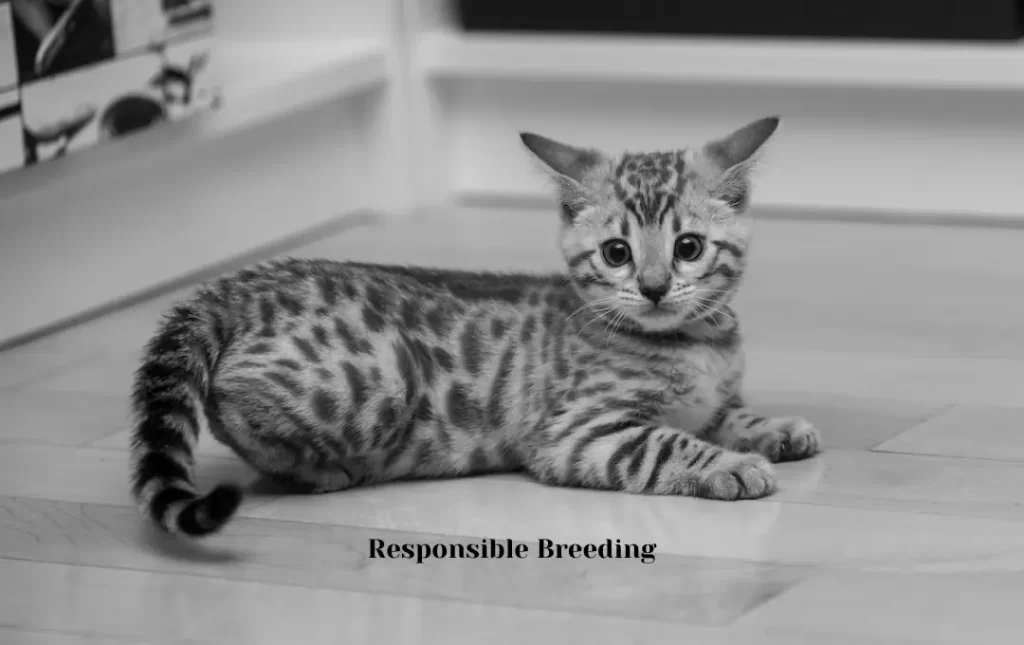
Tips for Identifying a Trustworthy Breeder
Research: Start by researching Bengal cat breeders in your area or within a reasonable distance. You can use websites, and forums, or contact Bengal cat clubs and associations for recommendations.
Visit the Cattery: Arrange to visit the breeder’s cattery in person. A responsible breeder should be open to allowing you to see their breeding facilities and meet their cats. Pay attention to the cleanliness and overall well-being of the cats.
Ask Questions: Don’t hesitate to ask the breeder questions about their breeding practices, the health of their cats, and their socialization efforts. A good breeder should be willing to answer your questions openly and honestly.
Health Records: Request copies of the health records for the cat you’re interested in. This should include vaccination records, vet check reports, and information about any genetic testing.
Meet the Kittens’ Parents: Ideally, you should meet the kitten’s parents to assess their temperament and overall health. This can give you an idea of what to expect from your future pet.
References: Ask the breeder for references from previous buyers. Contact these references to inquire about their experiences with the breeder and the health of their cats.
Contracts and Guarantees: Reputable breeders often provide written contracts that outline the terms of the sale and any health guarantees. Review these documents carefully before making a commitment.
Licensing and Memberships: Check if the breeder is a member of Bengal cat associations or organizations. Being a member may indicate their commitment to responsible breeding.
Trust Your Instincts: If something feels off or if the breeder is unwilling to provide information or answer your questions, it’s a red flag. Trust your instincts and consider looking elsewhere.
Choosing a trustworthy breeder is essential for ensuring a positive experience and a healthy Bengal cat companion. By following these tips and conducting thorough research, you can increase your chances of finding a reputable breeder who genuinely cares for their cats and their future owners.
Costs Beyond the Initial Purchase
Acquiring a Bengal cat involves more than just the initial purchase price. It’s essential to budget for ongoing expenses to provide your feline companion with a happy, healthy life. Here’s an overview of the ongoing expenses for Bengal cat care and tips for budgeting effectively:
Ongoing Expenses for Bengal Cat Care

What is a Bengal cat’s daily routine?
In essence, your cat would spend its day hunting, eating, cleaning itself, then sleeping. It would repeat this cycle an average of 16 times a day.
Food: High-quality cat food is essential for your Bengal’s health. Budget for both wet and dry food options. The cost can vary based on the brand and dietary needs, but plan for a monthly expense.
Litter and Litter Box: You’ll need cat litter and a litter box. Calculate monthly expenses for litter, and consider investing in a litter box that reduces waste.
Veterinary Care: Regular check-ups, vaccinations, and preventative care are crucial. Budget for annual vet visits and be prepared for unexpected medical expenses.
Grooming: Bengal cats are generally low-maintenance in terms of grooming, but you may need to budget for occasional grooming supplies like brushes or shampoos.
Toys and Enrichment: Bengal cats are active and intelligent, so they require mental stimulation. Budget for toys, scratching posts, and other enrichment activities.
Insurance: Consider pet insurance to help cover unexpected medical costs. Research different plans and budgets for monthly premiums.
Medications and Flea Control: Depending on your cat’s health, you may need to budget for medications or flea control products.
Spaying/Neutering: If your Bengal cat is not already spayed or neutered, budget for this procedure.
Pet Sitting or Boarding: If you travel frequently, factor in the cost of pet sitting or boarding services.
Advice on How to Budget for a Bengal Cat
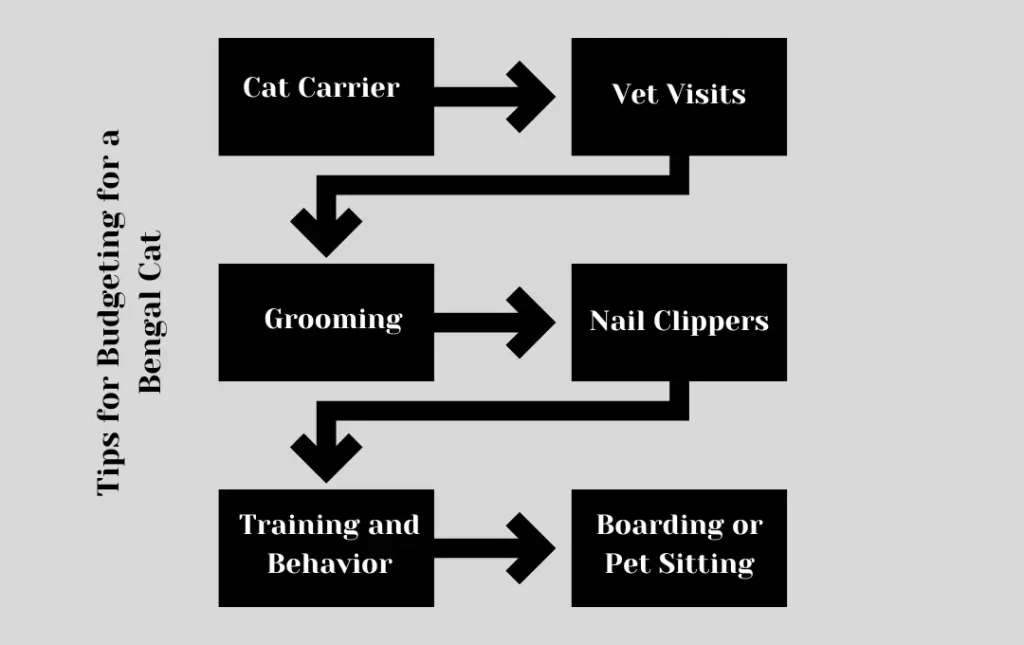
Create a Cat-Specific Budget: Calculate estimated monthly and yearly expenses for your Bengal cat based on your research and needs. Having a dedicated budget will help you manage costs.
Emergency Fund: Set aside funds for unexpected veterinary emergencies. Having an emergency fund can alleviate financial stress during a crisis.
Compare Prices: Shop around for pet supplies and services to find the best deals. Consider buying pet supplies in bulk to save money in the long run.
Consider Pet Insurance: Evaluate the cost-effectiveness of pet insurance plans. While it adds to your monthly expenses, it can save you money in case of significant medical issues.
Savings for Future Expenses: Set aside a portion of your budget for future expenses like dental care, specialized diets, or age-related health concerns.
Regularly Review Your Budget: Periodically review your budget to ensure it aligns with your cat’s changing needs and your financial situation.
Prioritize Health and Quality: Don’t compromise on the quality of your cat’s food or healthcare to save money. Investing in your cat’s well-being will lead to a healthier, happier pet.
Consider Adoption: If budget constraints are a concern, consider adopting a Bengal cat from a rescue organization. Adoption fees are typically lower than purchasing from a breeder.
By proactively budgeting for the ongoing expenses of Bengal cat care, you can provide a loving and comfortable environment for your furry friend without financial stress. Remember that your Bengal cat’s well-being should always be a top priority.
Adopting or Rescuing a Bengal Cat
Adopting or rescuing a Bengal cat can be a rewarding experience, providing a loving home to a cat in need. However, there are specific considerations and steps you should take when adopting or rescuing a Bengal cat. Here’s a guide to help you make an informed decision:
Considerations for Adopting a Bengal Cat
Reasons for Adoption: Assess your reasons for adopting a Bengal cat. Are you prepared for the unique characteristics and needs of this breed? Make sure you are adopting for the right reasons and not just because of their striking appearance.
Research the Breed: Bengal cats have distinct characteristics and behaviors. Research the breed thoroughly to understand their energy levels, intelligence, and social requirements. Ensure that a Bengal cat aligns with your lifestyle.

Shelter vs. Breeder: Decide whether you want to adopt from a shelter or rescue organization or consider adopting from a Bengal cat breeder. Both options have their advantages, but adopting from a shelter can be a way to provide a loving home to a cat in need.
Patience and Flexibility: Be patient and flexible when adopting. Bengal cats in shelters or rescues may have had previous owners or experiences that affect their behavior. It may take time for them to adjust to a new environment.
Health Assessment: When adopting a Bengal cat, inquire about their health history and any known medical issues. Ask for vaccination records and recent vet check information.
Behavioral Evaluation: Spend time with the cat to assess its behavior and temperament. Ask the shelter or rescue organization for insights into the cat’s personality, habits, and any known behavioral issues.
Home Preparation: Prepare your home for the arrival of your new Bengal cat. Bengal cats are active and may require more space and enrichment activities. Make sure your home is cat-proofed to keep them safe.
Rescue Organizations and Shelters
Find Reputable Organizations: Look for reputable Bengal cat rescue organizations or animal shelters. Research their track record, adoption procedures, and reviews from previous adopters.
Visit in Person: Whenever possible, visit the shelter or rescue organization in person to meet the cats available for adoption. This allows you to see the conditions and interact with the Bengal cats.
Ask Questions: When contacting the shelter or rescue, ask questions about the Bengal cats available for adoption. Inquire about their backgrounds, health, and any special needs.
Adoption Process: Understand the adoption process, including fees, paperwork, and requirements. Some shelters may have specific adoption criteria, such as a home visit.
Post-Adoption Support: Inquire about post-adoption support and resources offered by the organization. This can be valuable for addressing any questions or challenges that may arise.
Be Patient: The adoption process may take time, especially if you’re looking for a specific breed like Bengal. Be patient and persistent in your search for the right cat.
Adopting or rescuing a Bengal cat can be a wonderful way to provide a loving home to a cat in need. Whether you choose to adopt from a shelter or rescue organization or work with a breeder, prioritize the well-being and happiness of your new feline companion.
frequently asked the question
Conclusion
To sum up, choosing to get a Bengal cat—whether grey or any other color—is a big decision that needs to be carefully thought out. In this article, we’ve covered a range of Bengal cat-related topics, such as their cost, ethical breeding practices, lifelong maintenance expenditures, and the possibility of adopting or rescuing one.

